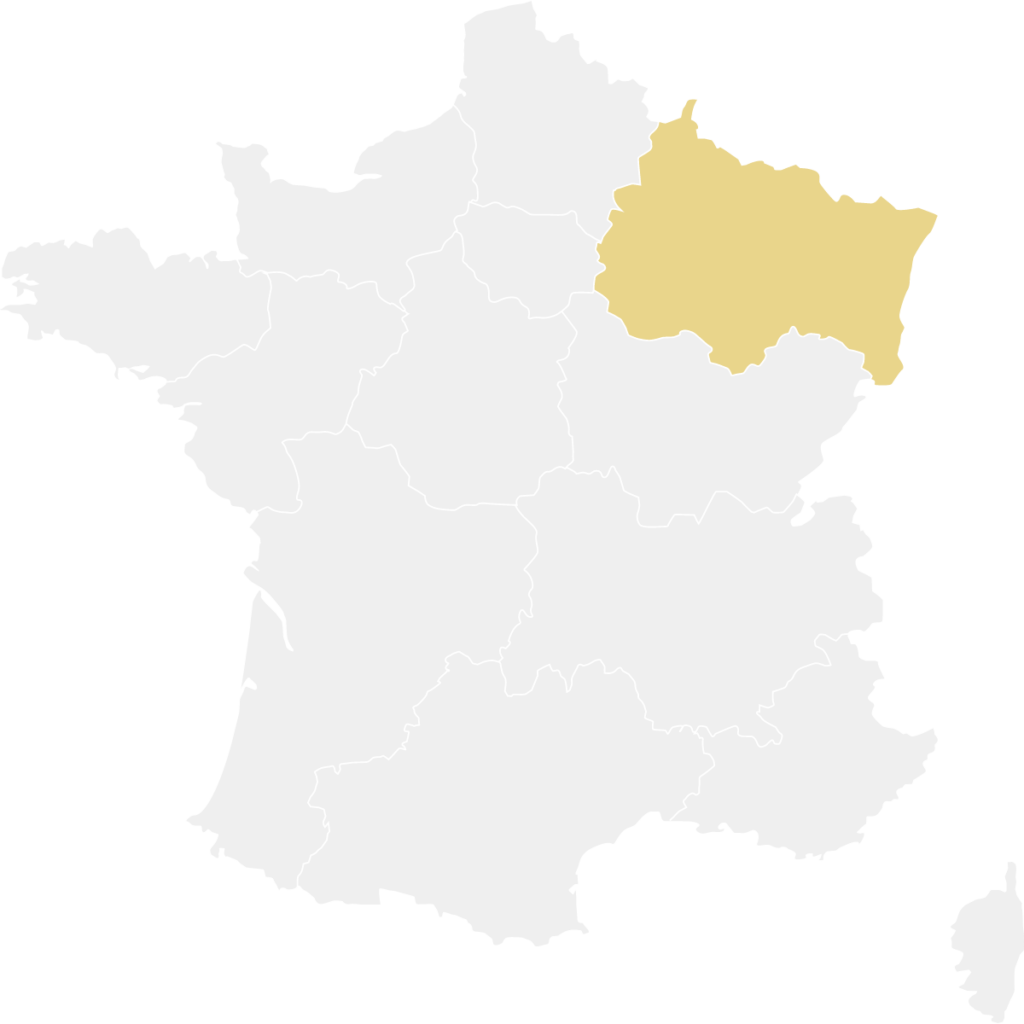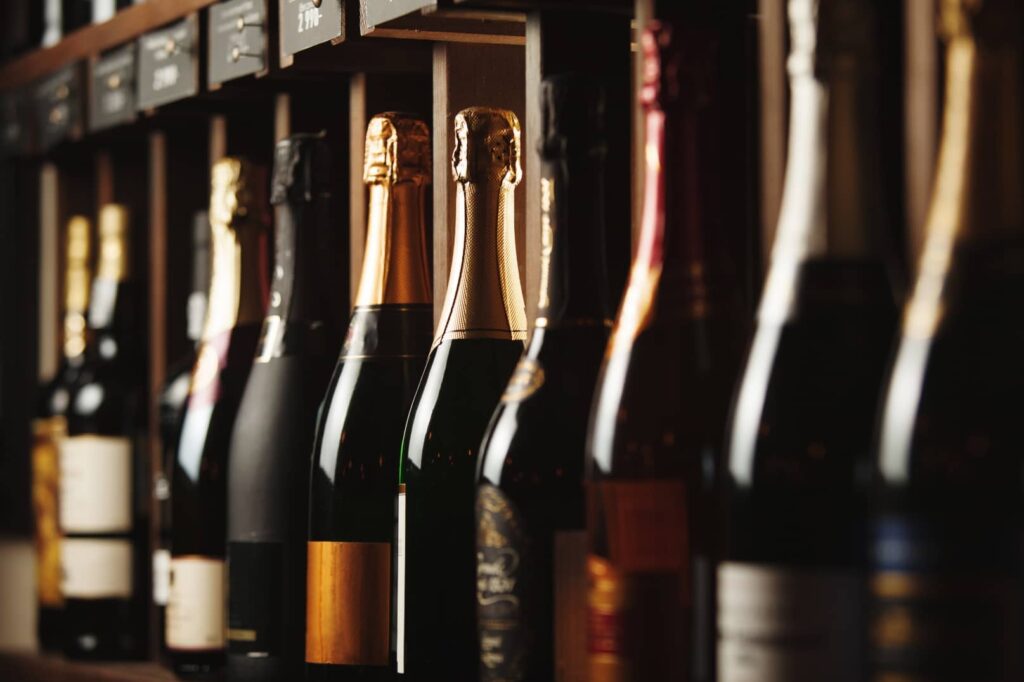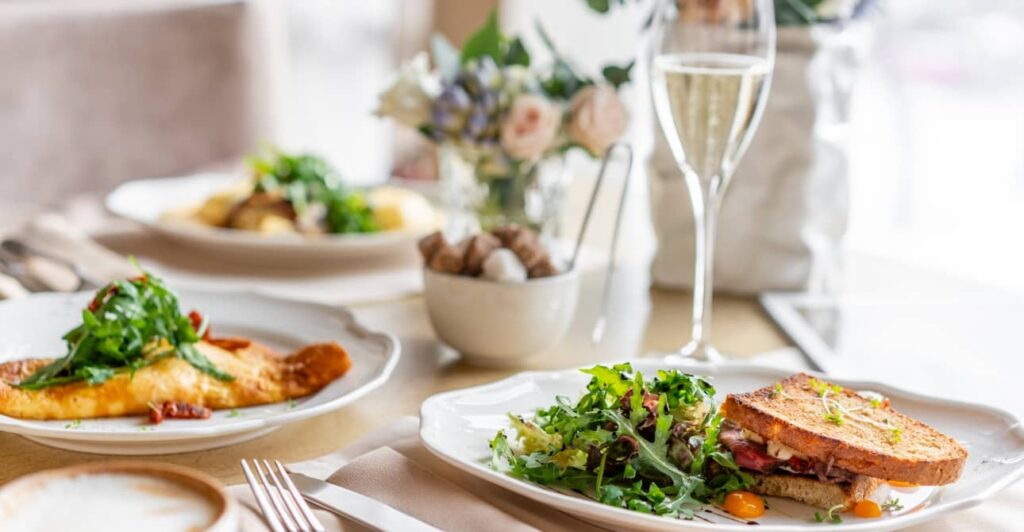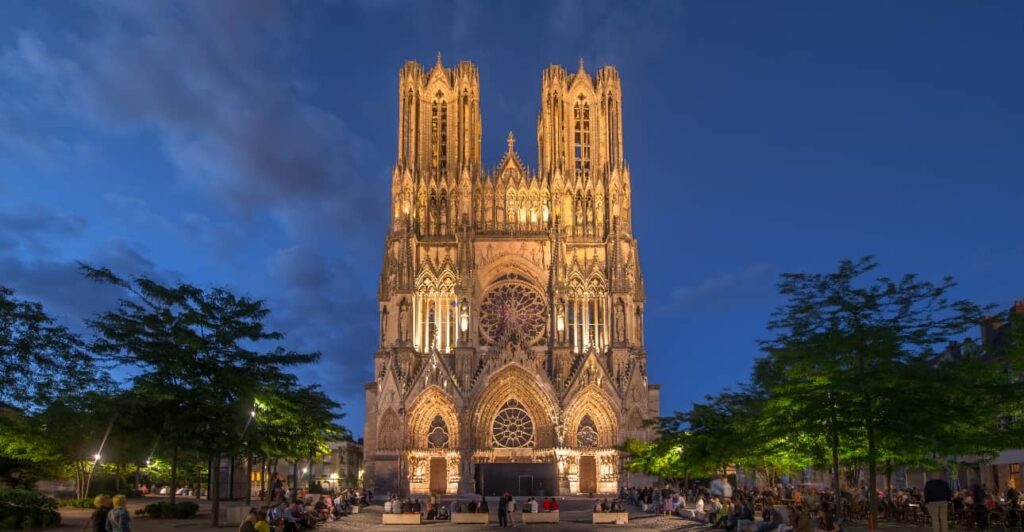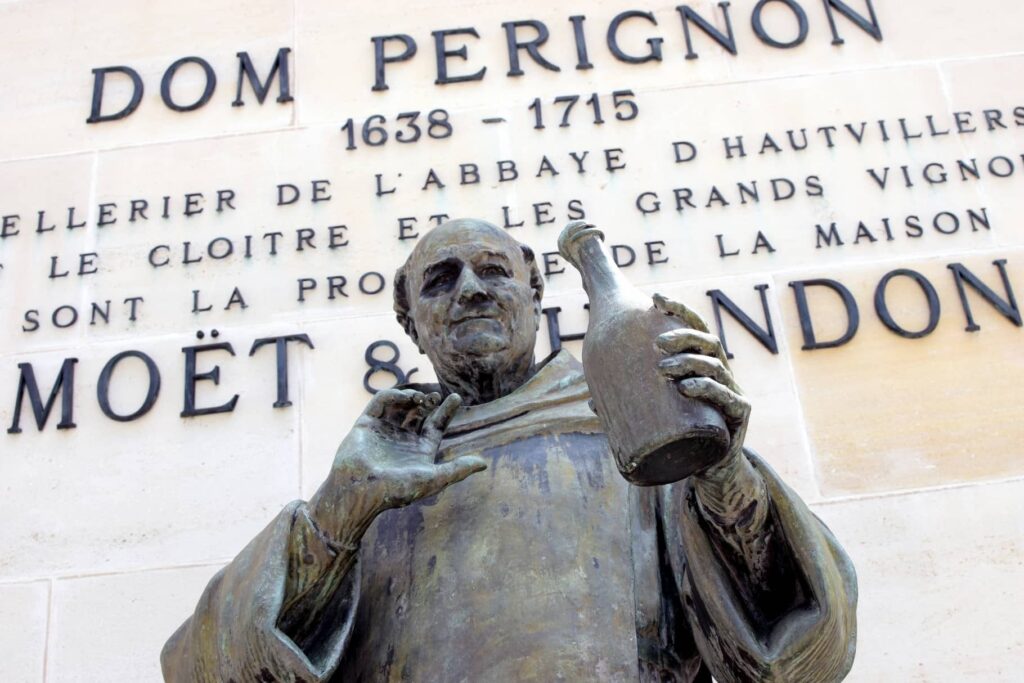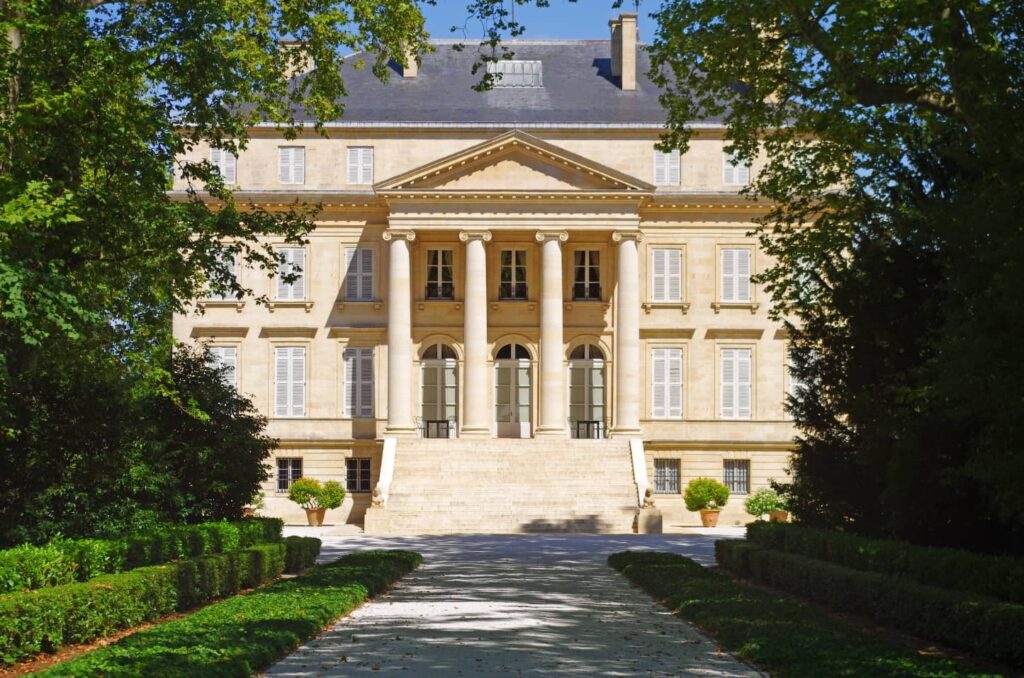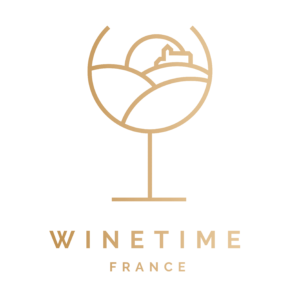
Burgundy
One of France’s best-kept secrets, Burgundy is home to some of the most iconic and expensive wines in the world. Sleepy yet prestigious villages: Chambertin, Vosne-Romanée, Musigny, Meursault, Puligny-Montrachet, to name just a few, lay idle between the prestigious vineyards like diamonds on a necklace.
The Burgundy countryside is a renowned landscape of grassy hills and pine forests. But visit the ancient city of Dijon, the capital of Burgundy and former home to the Dukes of Burgundy and you’ll uncover a perfect blend of architectural beauty and French history as you walk along the paths trodden by the Dukes of Burgundy and enter the market designed by the illustrious Gustav Eiffel.
Discover cheeses that are truly exceptional, like the pungent Epoisses, the briochy Citeaux, the creamy Brillat Savarin, and salty/nutty Comté. For heavier fare, head to a brasserie around the famous covered market area (designed by Gustav Eiffel) or the Place de la Liberation opposite the ducal palace to sample the famous Escargots, Beef Bourguignon, Poulet de Bresse (considered as the best chicken in France) and much more.
The Burgundy countryside is a renowned landscape of grassy hills and pine forests. But visit the ancient city of Dijon, the capital of Burgundy and former home to the Dukes of Burgundy and you’ll uncover a perfect blend of architectural beauty and French history as you walk along the paths trodden by the Dukes of Burgundy and enter the market designed by the illustrious Gustav Eiffel.
Discover cheeses that are truly exceptional, like the pungent Epoisses, the briochy Citeaux, the creamy Brillat Savarin, and salty/nutty Comté. For heavier fare, head to a brasserie around the famous covered market area (designed by Gustav Eiffel) or the Place de la Liberation opposite the ducal palace to sample the famous Escargots, Beef Bourguignon, Poulet de Bresse (considered as the best chicken in France) and much more.

